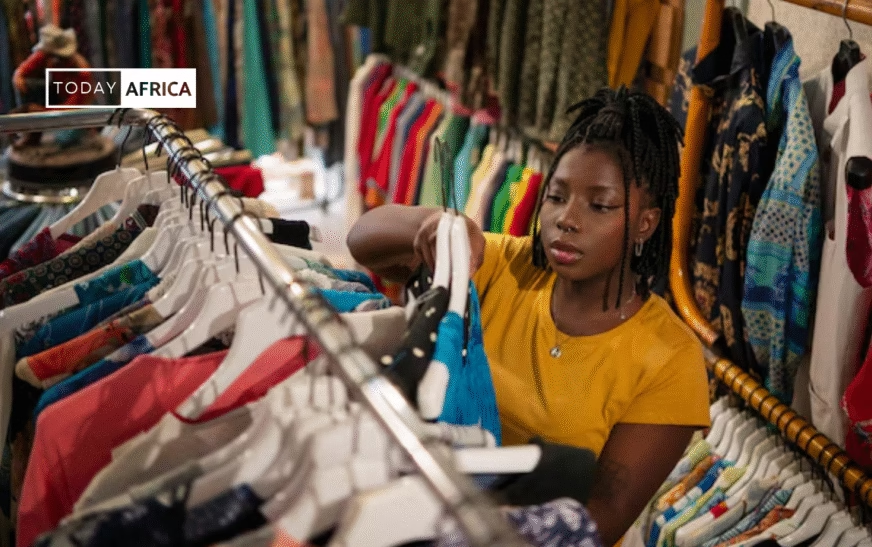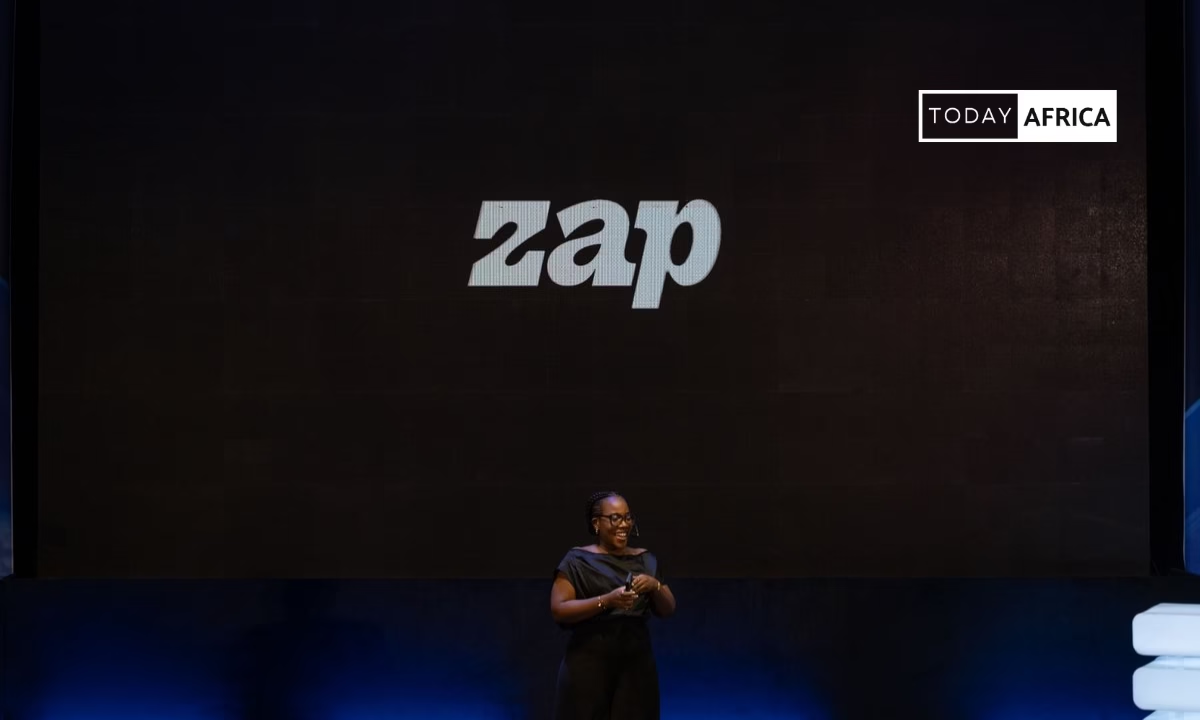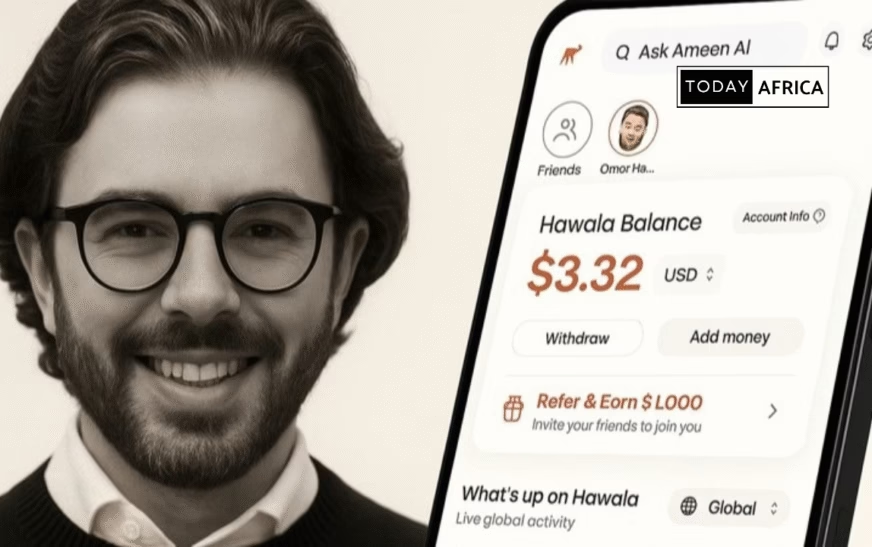Walk through any major African city, and you’ll notice something that looks chaotic at first but runs like a hidden machine.
Piles of shirts folded on tarpaulins. Stalls stacked with laptops, car parts, and baby strollers. People bargaining, fixing, reselling. It’s noisy, messy, alive.
This is the second-hand economy, a world where almost anything can get a second life.
The second-hand trade isn’t just about cheap clothes or hand-me-down electronics. It’s a vast, adaptive ecosystem that employs millions, fuels local entrepreneurship, and quietly sustains urban life.
But it also raises big questions about fairness, sustainability, and what Africa’s place is in a global supply chain built on other people’s leftovers.
In this article, we’ll look at how the African second-hand economy really works, where the goods come from, who benefits, and what challenges exist.
A market built on movement
The second-hand trade in Africa began decades ago, but it grew explosively in the 1980s and 1990s as structural adjustment programs weakened local industries.
Imports of “used goods” – mostly clothing – filled the gap. Today, the trade has evolved into a massive industry connecting ports in Europe and North America to street markets across Africa.
Every year, millions of tonnes of used products, from fashion to electronics, cars, furniture, and even building materials, make their way to African shores.
According to UN Comtrade data, Africa imported over 1.4 billion dollars’ worth of second-hand clothing in 2022 alone. East Africa accounts for a large chunk of that, with Kenya, Tanzania, and Uganda being the top importers.
Most of these goods are donations originally meant for charity in the Global North. But only a small percentage ever reach thrift stores; the rest are sold in bulk to exporters, who ship them to African traders.
Once in Africa, the goods are sorted, resold, repaired, or repurposed, forming an informal but remarkably organized supply chain that touches nearly every socioeconomic class.
Inside the markets that move the continent
If you want to understand the African second-hand economy, you start at the markets.
In Accra, there’s Kantamanto, one of the largest second-hand clothing hubs in West Africa. Traders there receive 15 million garments every week, mostly from Europe and the United States.
In Kenya, there’s Gikomba Market in Nairobi, a labyrinth of wooden stalls and tin roofs where entire families work sorting and selling “mitumba” (Swahili for “bundles”).
In Nigeria, the Katangua market in Lagos runs six days a week, moving everything from jeans to gently used laptops.
These markets operate on deep networks of trust and hustle.
Importers buy bales of used items (often unseen) from shipping containers. Wholesalers then distribute these bales to retailers who unpack, wash, and sell them piece by piece.
There’s luck involved; a “good bale” might contain designer items that sell quickly, while a “bad bale” could mean loss. Yet for millions, this trade is a lifeline. It supports transporters, cleaners, tailors, repairers, and even social media resellers.
In Kenya alone, the second-hand clothing sector employs an estimated 2 million people and contributes around USD 1 billion to the economy annually, according to a study by the Institute of Economic Affairs.
Read Also: African Startups Tackling Energy and Waste: A Look into the Cleantech
The digital thrift revolution
The new generation of African entrepreneurs isn’t waiting by the port. They’re online.
Social commerce and online resale platforms have given the second-hand economy a digital face. Instagram stores in Lagos sell “UK thrift” directly to young professionals.
In Ghana, brands like The Revival and Obroni Wawu (a phrase meaning “dead white man’s clothes”) curate upcycled fashion lines from second-hand garments.
In South Africa, Yaga and Reloved provide peer-to-peer resale marketplaces that rival Depop or Vinted in their local markets.
This shift online isn’t just about convenience. It’s about identity. For a growing number of African youth, thrifting isn’t just a necessity; it’s a culture. It’s sustainable, creative, and personal.
The hashtag #ThriftAfrica on Instagram and TikTok has amassed millions of views, filled with videos of haul reviews, styling tips, and market tours.
So while the trade still thrives in its traditional form, the digital transformation is reshaping how people perceive value, from “used” to “unique.

The repair and reuse economy
One of the least discussed but most impressive aspects of the African second-hand trade is how it naturally promotes circularity, long before that word became trendy in the West.
Think about how many items in African households are repaired rather than replaced. Tailors mend torn seams. Shoemakers patch soles.
Phone technicians in markets like Computer Village (Lagos) or Westgate Market (Nairobi) rebuild gadgets from spare parts. These small, often informal services keep products in circulation for years, reducing waste and creating jobs.
For instance, in Nigeria’s booming used-car market, mechanics and spare-part sellers form a parallel economy worth hundreds of millions of dollars.
In Ghana, repair artisans known as “kofi brokeman engineers” rebuild fridges, TVs, and radios with almost no formal training. It’s improvisational engineering at its best.
This culture of fixing things underpins what could be Africa’s biggest contribution to the global sustainability conversation, showing how resourcefulness and community can drive circular economies from the bottom up.
The dark side: waste and inequality
Of course, not everything in the second-hand chain is a success story.
Every week, thousands of tonnes of low-quality or unusable items are dumped across African cities. For every bale of good clothing, there’s another filled with stained, torn, or synthetic garments that can’t be resold.
Studies show that up to 40% of imported used clothes in Ghana end up as waste. Much of it clogs drains, fuels open-air fires, or piles up in landfills.
The same applies to electronics. E-waste from Europe and Asia is often disguised as “donations” or “refurbished goods” but turns out to be junk.
In Agbogbloshie, Ghana, once called one of the world’s largest e-waste dumps, young men burn old cables to extract copper, breathing in toxic fumes daily.
So while the African second-hand economy offers jobs and affordable goods, it also shoulders an unfair environmental burden.
Western overconsumption finds an outlet here, turning African ports into what some activists call “dumping grounds for fast fashion.”
Read Also: Fintech 3.0 in Africa: What Comes After Payments?
A question of power and policy
Behind the thriving street markets is a global system tilted heavily toward exporters. Most second-hand goods come from Europe, the U.S., and increasingly China.
Exporters control the flow and pricing. African importers, often small business people, must pay upfront for bulk shipments they can’t inspect beforehand.
And when global charities or companies profit from “donations,” African traders and consumers are often left with the leftovers.
This imbalance has led some governments to push back. Rwanda famously banned used clothing imports in 2016, hoping to boost local textile production.
The move strained trade relations with the U.S. but inspired similar conversations in Kenya, Uganda, and Tanzania.
The results, however, are mixed. While bans can protect local manufacturers, they also threaten millions of informal jobs tied to second-hand trade.
It’s a tricky balance, choosing between industrial revival and livelihood security.
Opportunities hiding in plain sight
Despite the challenges, the African second-hand economy holds incredible potential for innovation and reform.
- Local manufacturing linkages: Some entrepreneurs are building hybrid models, blending second-hand imports with local production. Ghanaian designer Afia Agyeiwaa uses old denim from Kantamanto to create high-end jackets sold internationally. Nigerian startup Salubata turns discarded plastic shoes into modular footwear.
- Recycling and upcycling industries: Circular startups are growing across the continent. In Kenya, Africa Collect Textiles recycles used fabric into insulation material. South Africa’s Clothing Bank trains women to turn textile waste into profitable micro-businesses.
- Policy innovation: Governments are exploring extended producer responsibility (EPR) systems, where exporters must take partial responsibility for the waste their goods create. This could reshape global accountability in the second-hand trade.
These examples hint at a broader truth: the second-hand economy isn’t static. It’s evolving into something more intentional where reuse, repair, and entrepreneurship meet climate consciousness.

The human side
Beyond statistics and trade data, the second-hand economy is personal.
For many, it represents survival. A mother in Kampala who resells baby clothes from a 25-kilogram bale. A university graduate in Nairobi who flips thrift finds on Instagram for side income. And a tailor in Lagos who remakes old clothes into modern fits.
But it’s also about dignity. In a continent where income inequality is deep and consumer goods are expensive, second-hand markets make style, mobility, and technology accessible.
They bridge economic divides and give people choices.
One trader in Accra once told a journalist, “Every dress has a story. I sell them, but I also give them new life.” That sentiment, the ability to create value, captures the heart of the African second-hand economy.
Read Also: State of Artificial Intelligence in Africa: Opportunities & Challenges
The future: sustainability meets opportunity
Looking ahead, the future of the African second-hand economy will depend on how well the continent can integrate sustainability, digital innovation, and fair trade principles.
A few shifts are already happening:
- Data transparency: NGOs and researchers are mapping second-hand flows to track waste and improve accountability.
- Fashion innovation: African designers are redefining “made in Africa” to include upcycled and remade garments.
- Consumer awareness: Younger Africans are pushing for “ethical thrift”, demanding that imported goods be traceable and not just dumped.
- Tech-enabled trade: Platforms like Jumia, OLX, and local thrift resellers are digitizing what used to be purely physical exchanges, widening access and trust.
There’s still a long way to go, but the momentum is clear. What began as necessity is becoming a symbol of creativity and resilience.
Conclusion
If there’s one thing the African second-hand economy teaches, it’s that value is relative.
Something discarded in London or Berlin might be treasured in Lusaka or Dakar, not out of desperation, but because it’s been given new meaning.
In a world obsessed with the new, Africa’s second-hand trade reminds us that progress doesn’t always mean production. Sometimes it means preservation of materials, of skills, of human dignity.
Maybe the question isn’t whether the second-hand economy should exist. Maybe it’s how we make it fairer, cleaner, and more empowering for those who depend on it most.
Leave a comment and follow us on social media for more tips:
- Facebook: Today Africa
- Instagram: Today Africa
- Twitter: Today Africa
- LinkedIn: Today Africa
- YouTube: Today Africa Studio
















